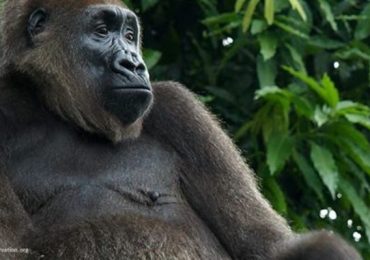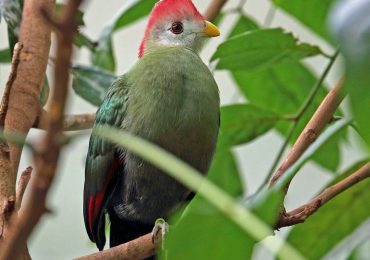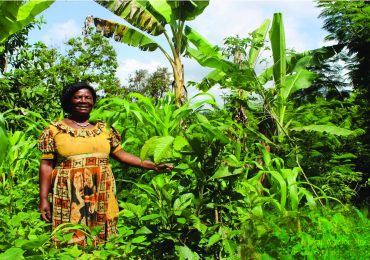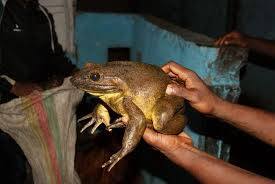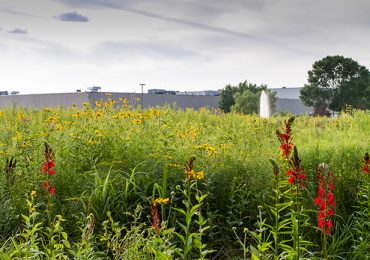“it is embarrassing to say, but I just have to reveal that, in my house we go for more than two days without bathing, sometimes we can’t even flush our toilets, my children are now perpetual late comers in school, because they trek very long distances to get little water which we can manage. If not for the few rich people who have constructed boreholes, enclosed in their mighty fences, and make water available for a few hours once or twice a week, I wonder what we would have done” says Asong Peter, an inhabitant in Sandpit.
Recently Buea, capital of the Southwest Region, located on the eastern slopes of Mount Cameroon has lately been suffering from acute water shortage. Lack of portable water has been an embarrassing phenomenom in most neighborhoods. For more than four months and counting, taps have gone dry, with the precious liquid becoming a very scarce resource. This town is blessed with abundant water resources but paradoxically the inhabitants of this town are facing a serious water crisis as there is insufficient water to simultaneously support both human and ecosystem water needs. Moreover, the capacity of the main water supply authority CAMWATER (Cameroon Water Utilities Corporation) is insufficient to cater for the over 300000 inhabitants. The scarcity of water in Buea is attributed to: increase in population and rapid urbanization that exert tremendous pressure on the water resources; pollution resulting from poor waste disposal and the use of agro-chemicals (pesticides, herbicides etc.) around water catchments; complete breakdown of old water pipes due to little or no maintenance; and the degradation of water catchments and riperian forests.
A certain mama Linda explained how she had been suffering for five years because of water crisis. She has six children but there is no water to take good care of them. She and her children live mostly on fried food. She spends her hard earned money only on water. She always hires someone to fetch water. If she doesn’t have money, her children go on a week without taking proper baths, they wear mostly dirty clothes because there is no water for laundry. Her children are always ill because of poor hygiene as a result of water crisis. However, they depend on rain water which means that, they have water only during the rainy season to pull on with their activities.
Due to water scarcity, the local populations are forced to trek for over long distances just to get to a drinkable source of water. Students and workers in Buea do not meet up school and office time due to the fact that they need to follow long lines every morning in order to fetch water for their domestic chores. The local population is more exposed to diseases such as cholera, typhoid, diarrhea and other water-borne illnesses which are all associated to water scarcity. If strict measures are not taken to fight against this crisis the local population are going to face other problems such as hunger and health crisis that are worse than the ones listed above.
Government authorities on their part have struggled to curb the water crisis like contructing public taps, but this has been futile as such taps and water tanks are very little to quench the thirst of the increasing Buea population. The ERuDeF University Institute of Biodiversity and Sciences is is working enormously to rebuild the ecosystem and the green infrastruscture to see the malice of this water crisis come to an endthrough her intervention in new water systems Development and management. Also,the EUI and her partners are rethinking a new water system design in the communities in Buea municipalty that will focus on science, social business and intergrated community management. This will go a long way in reducing the pains suffered by the Buea Municipality inhabitants.
This initiative also include educating the communities on the protection of water catchments and riperian forests.
Education is critical to solve the water crisis. In fact, in order to cope with future water scarcity, it is necessary to radically reform all forms of consumption, from individual use throughout the supply chain. In addition,water infrastructure and water system management are key components of sustainable water supply.


